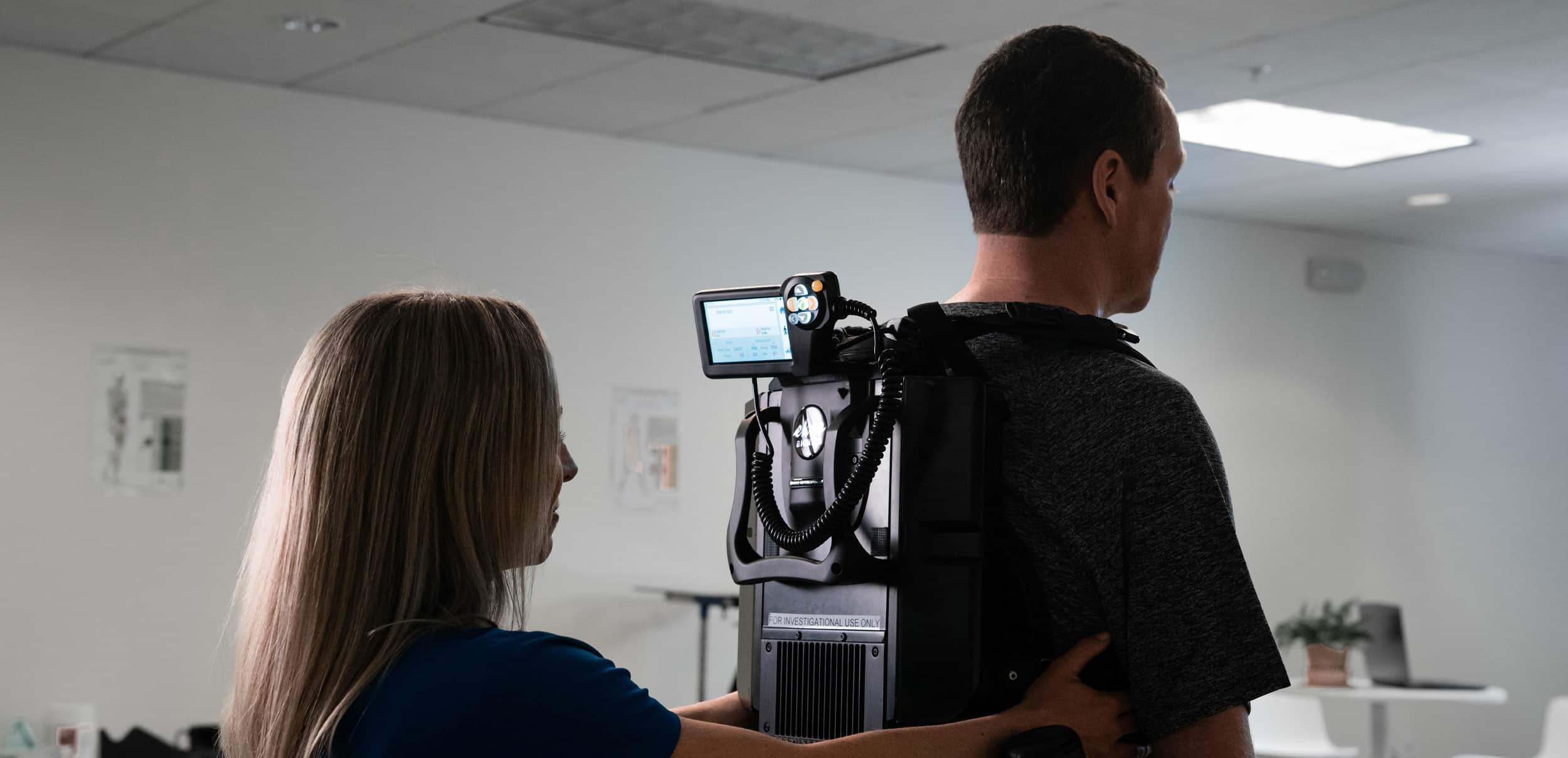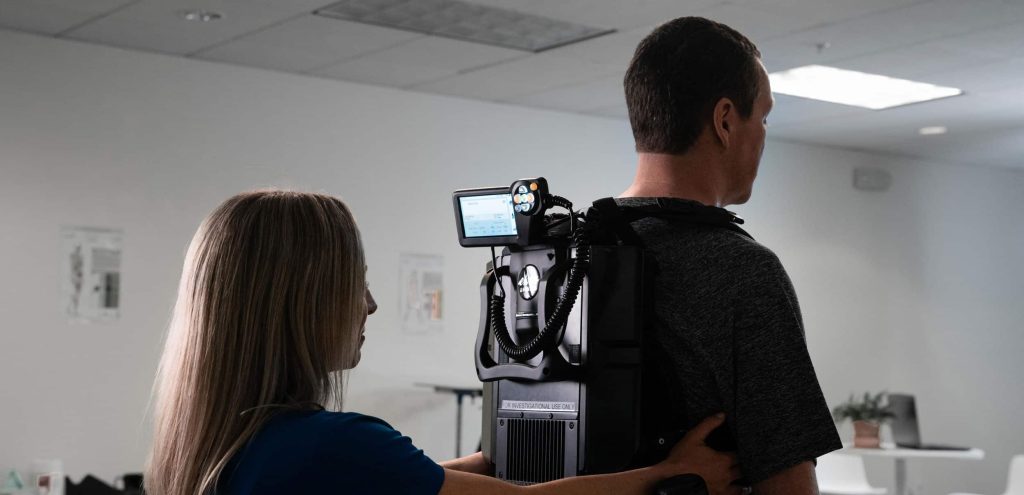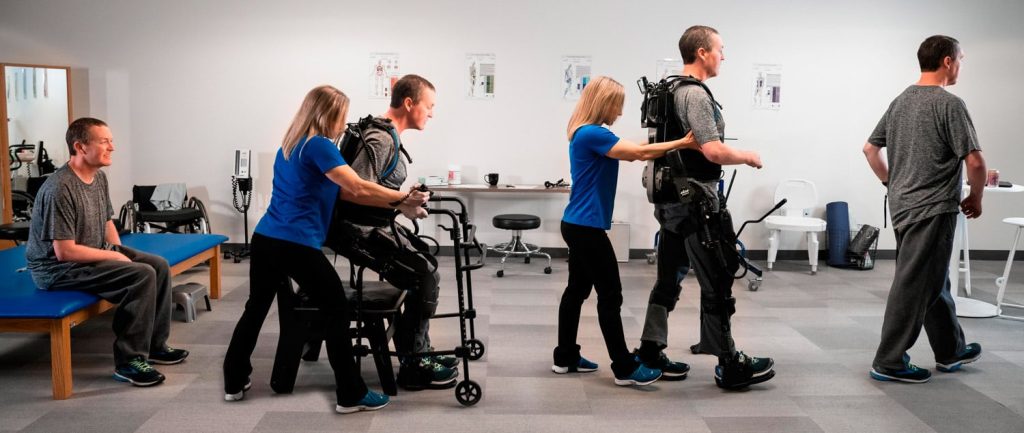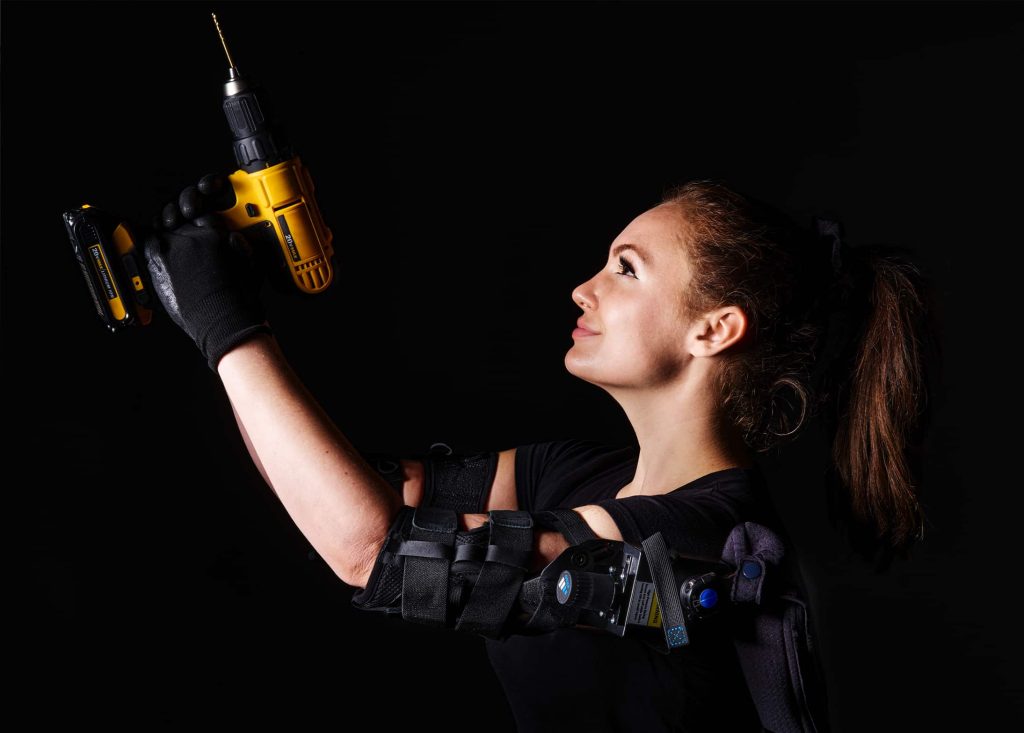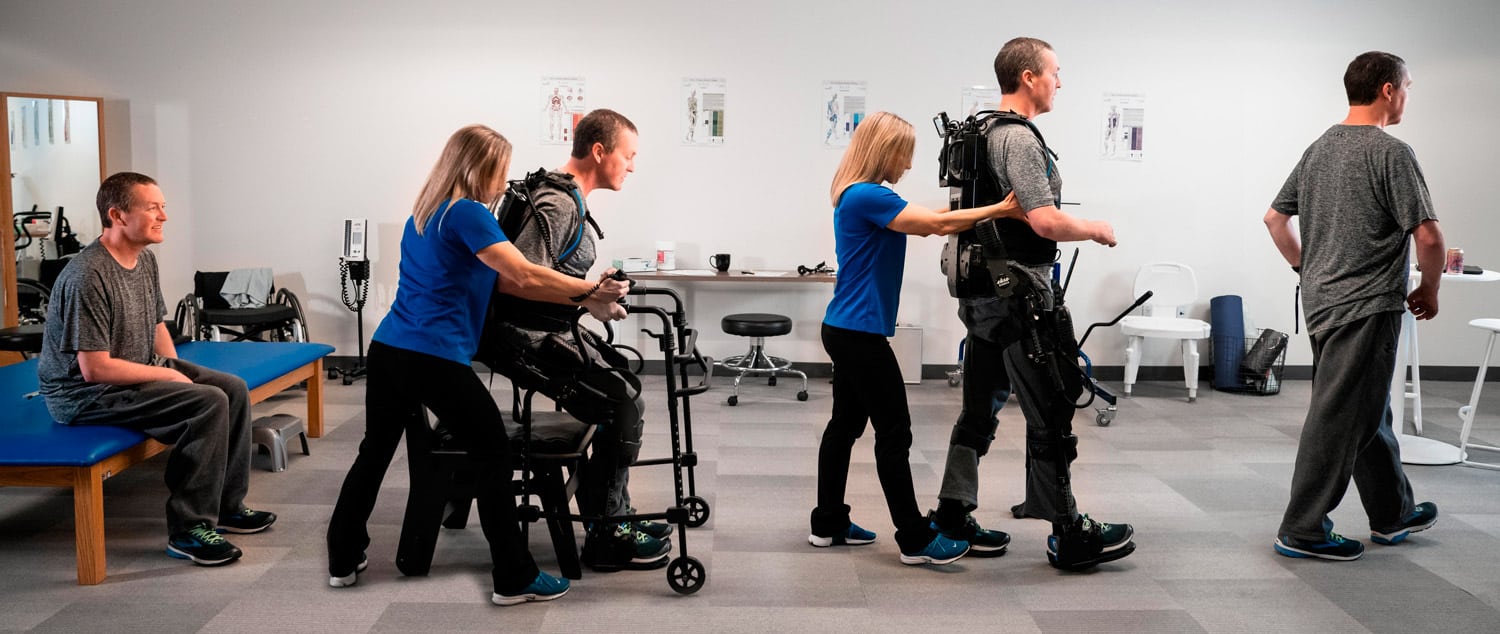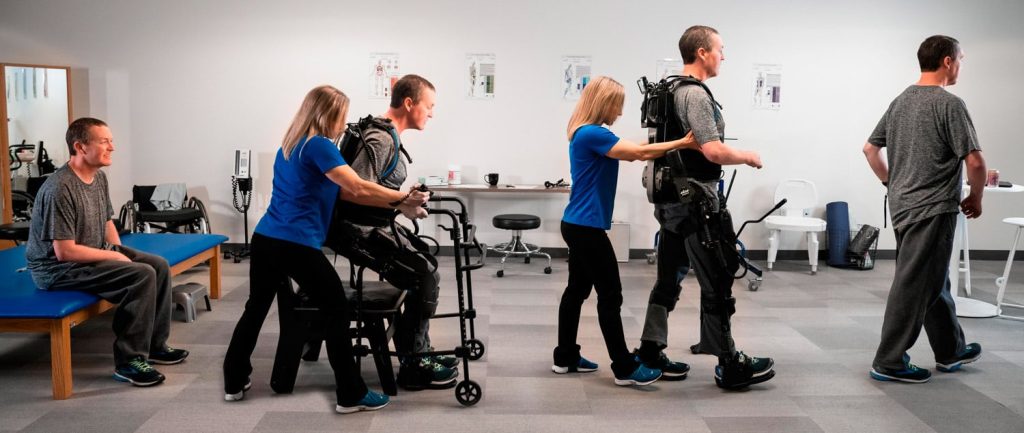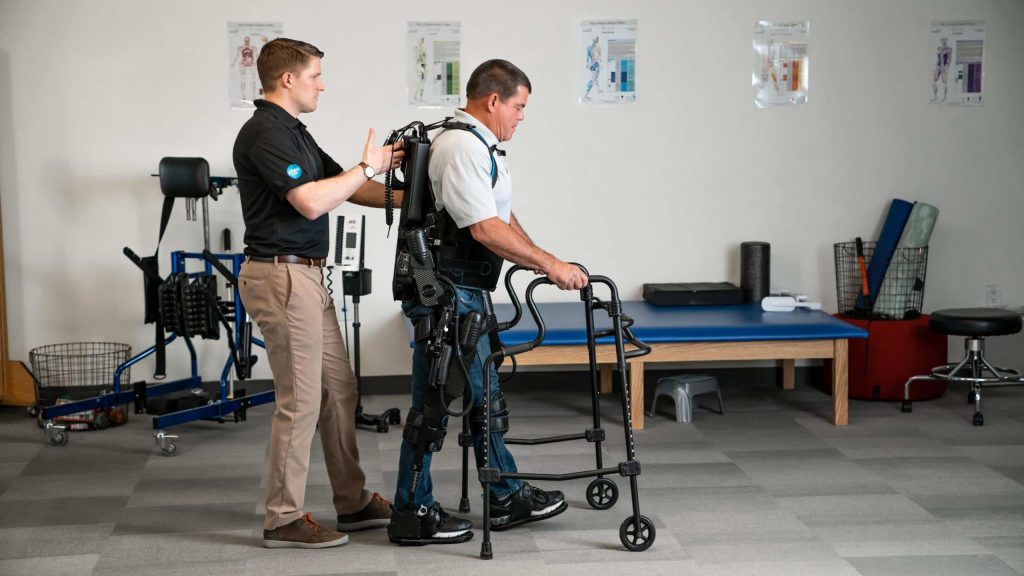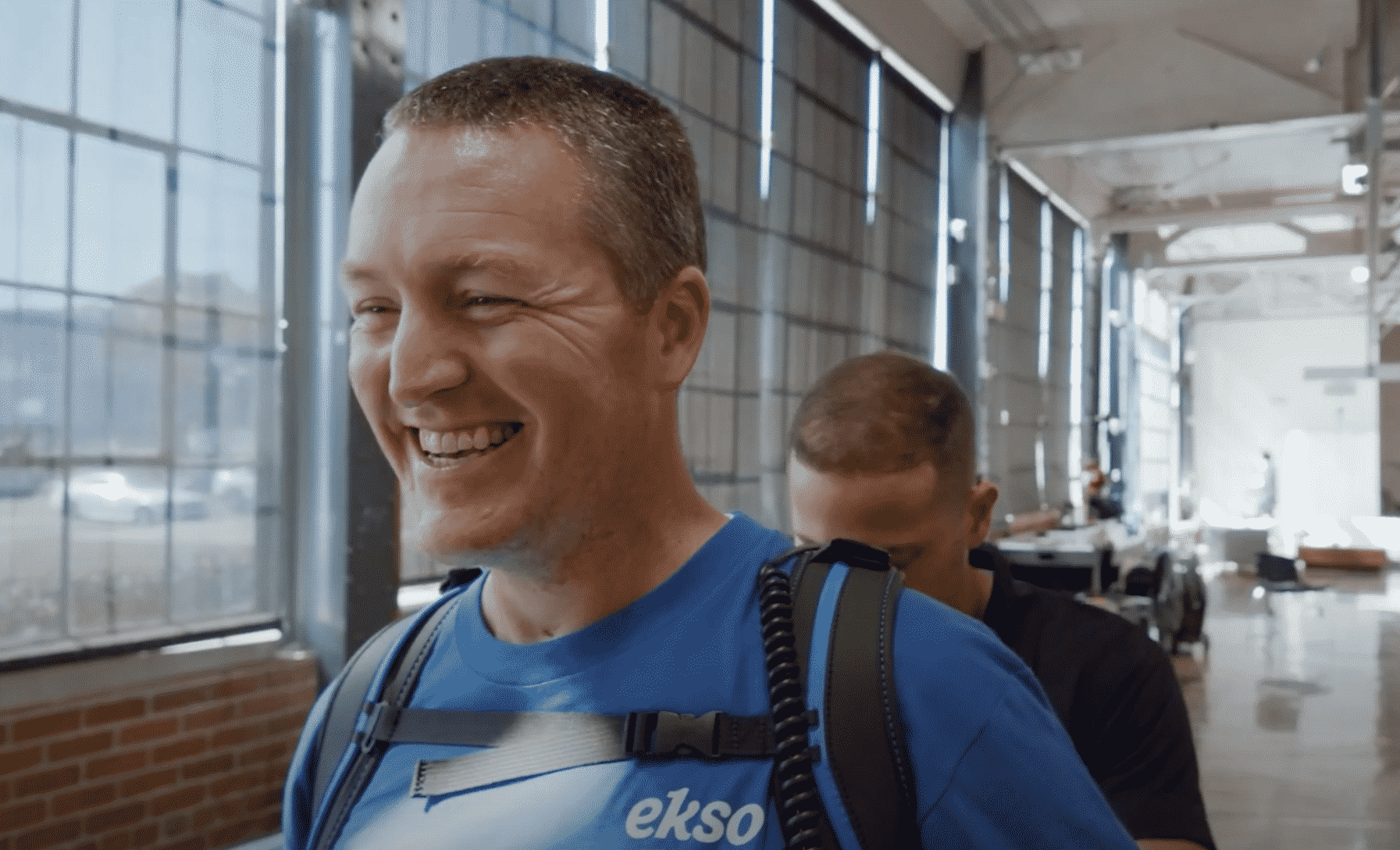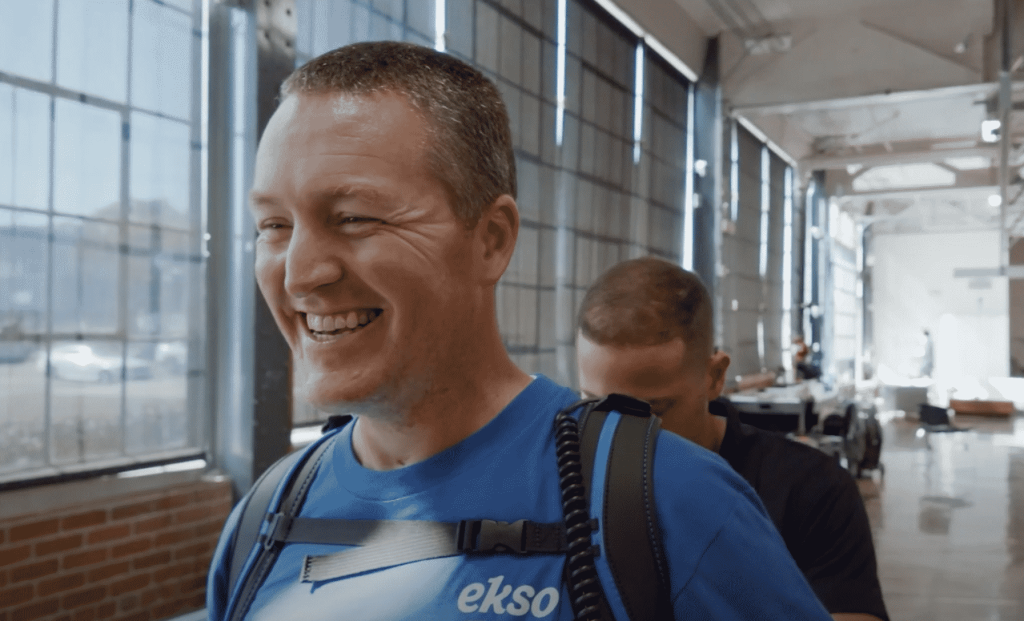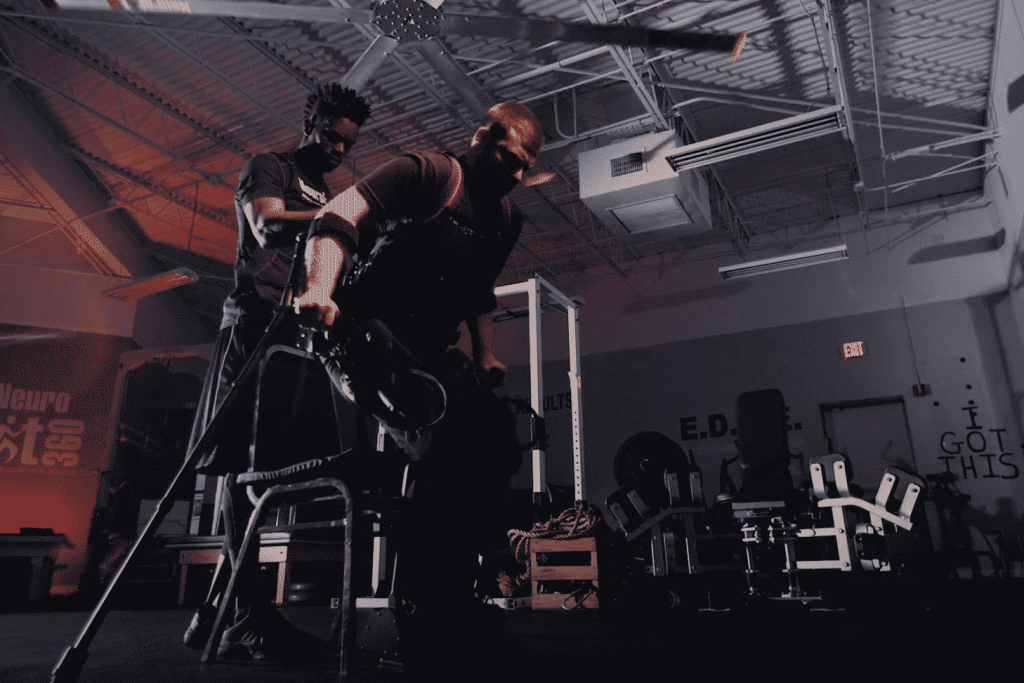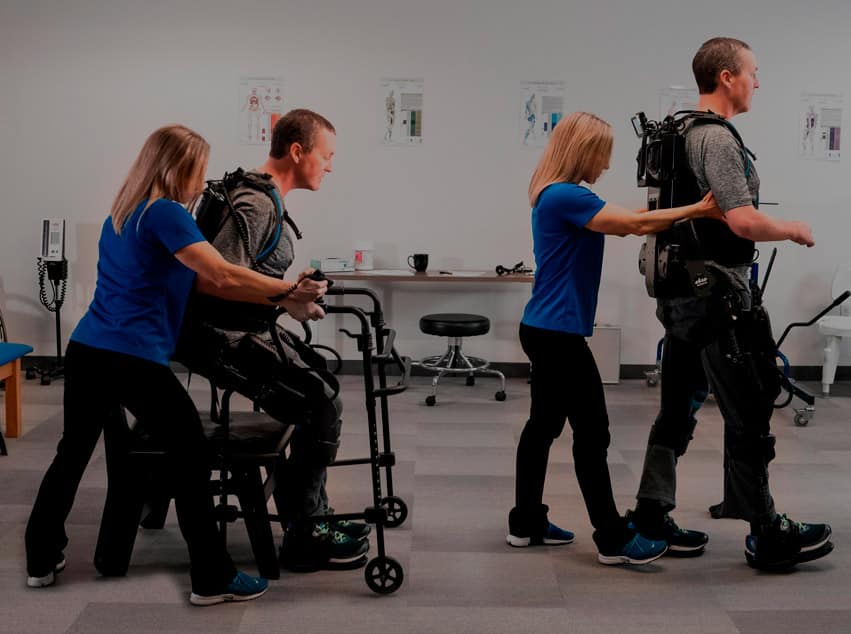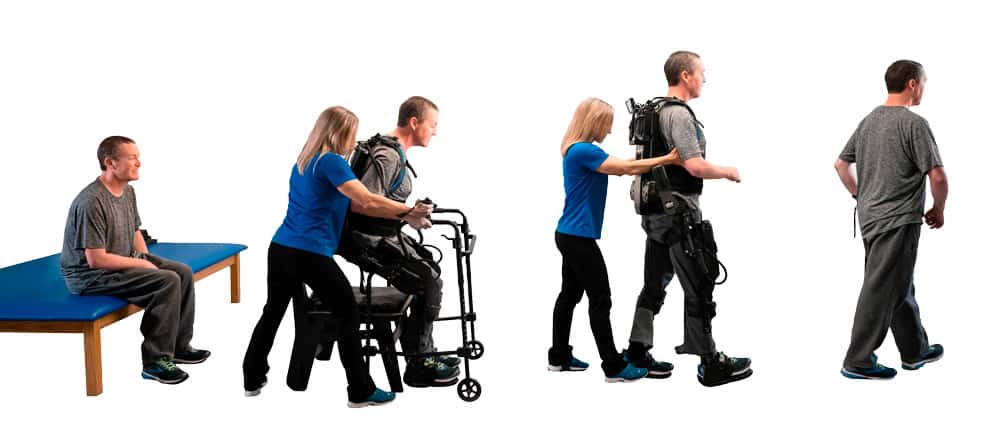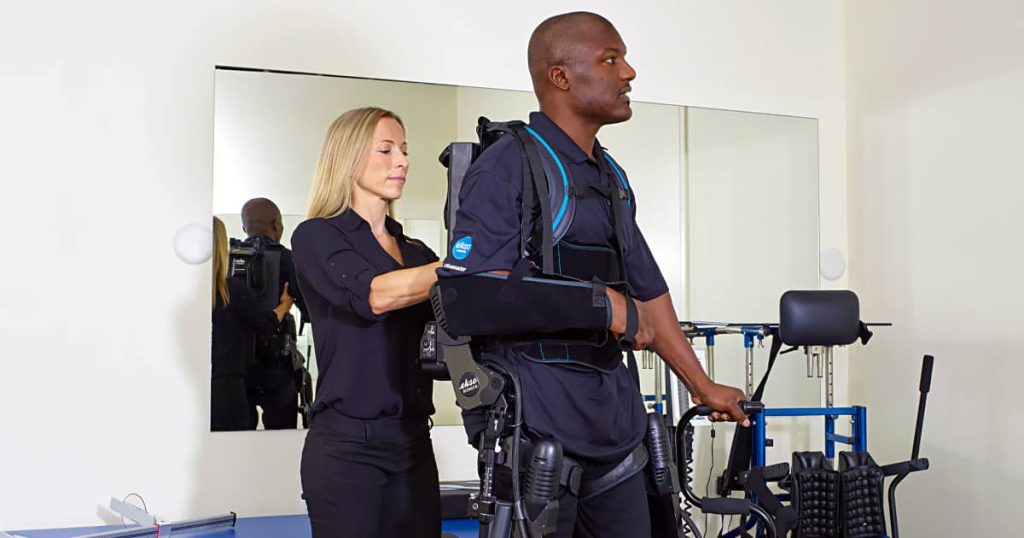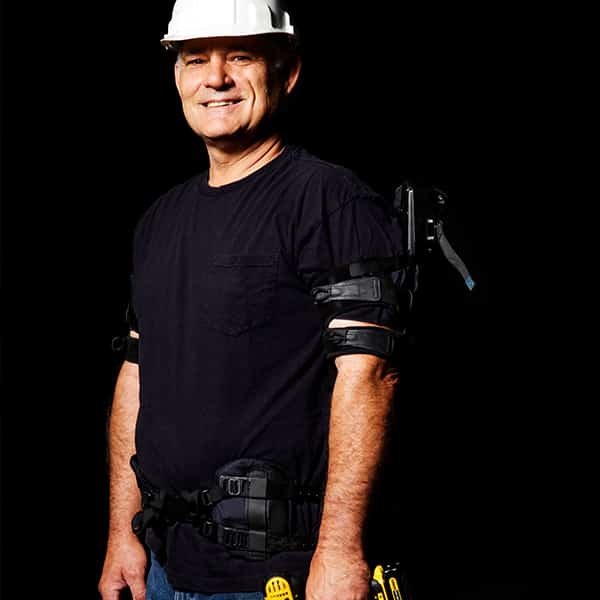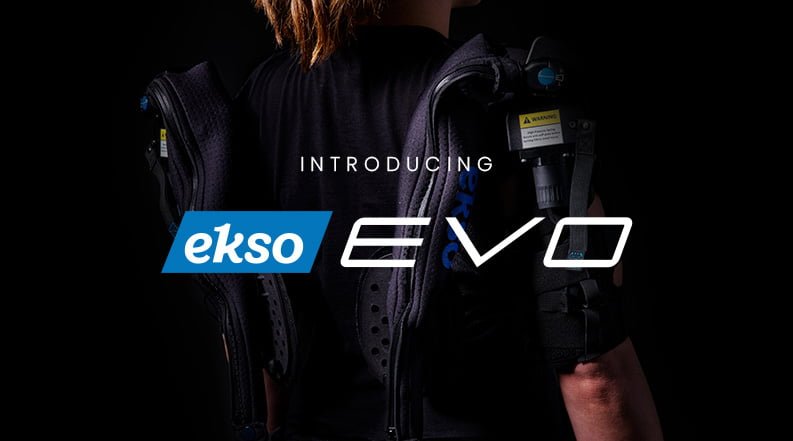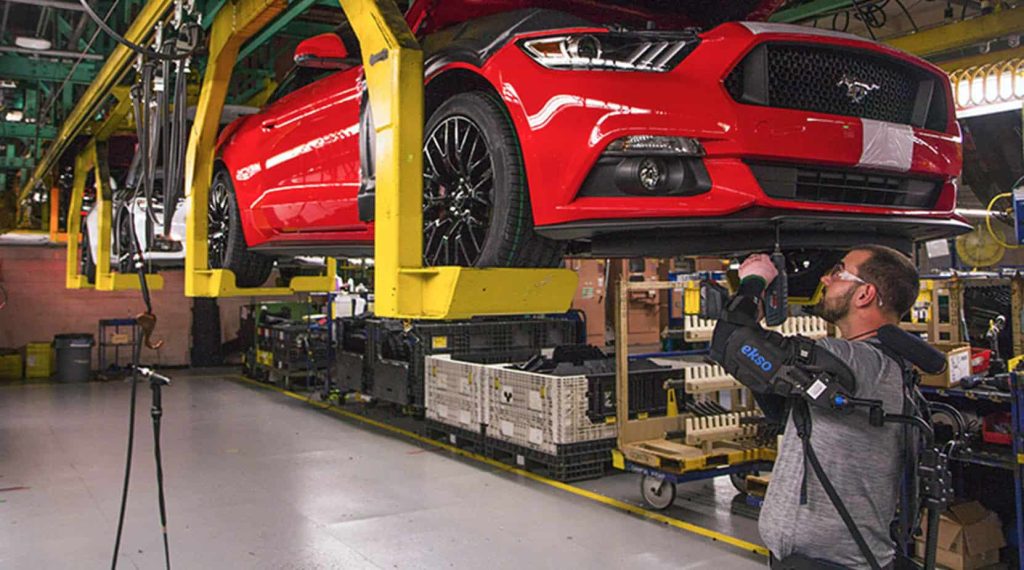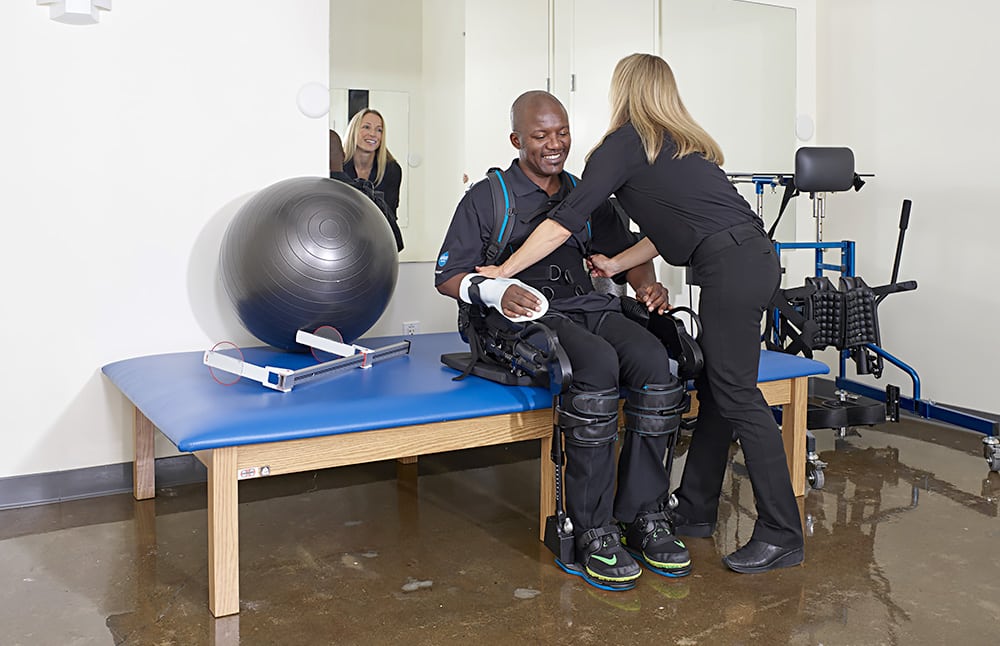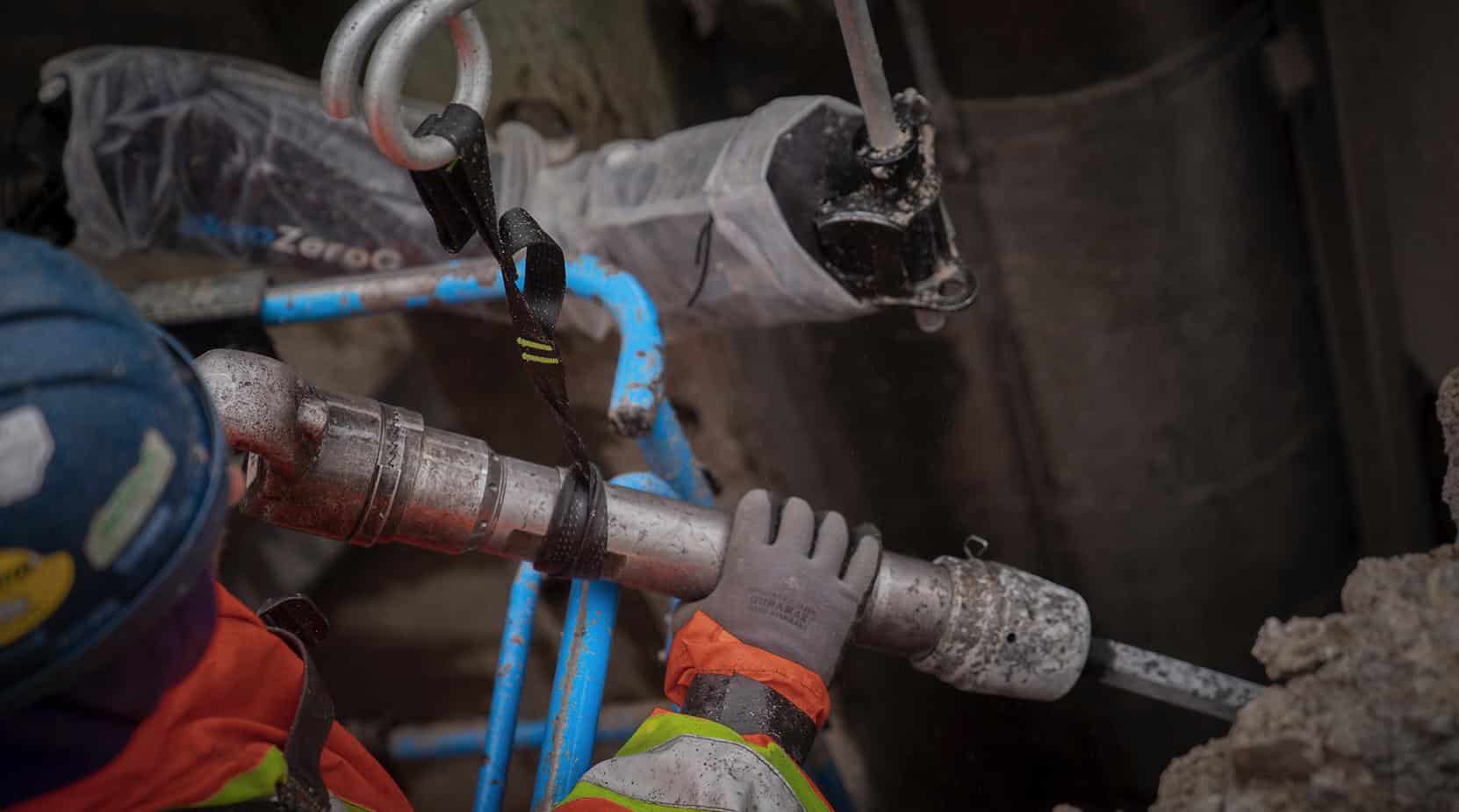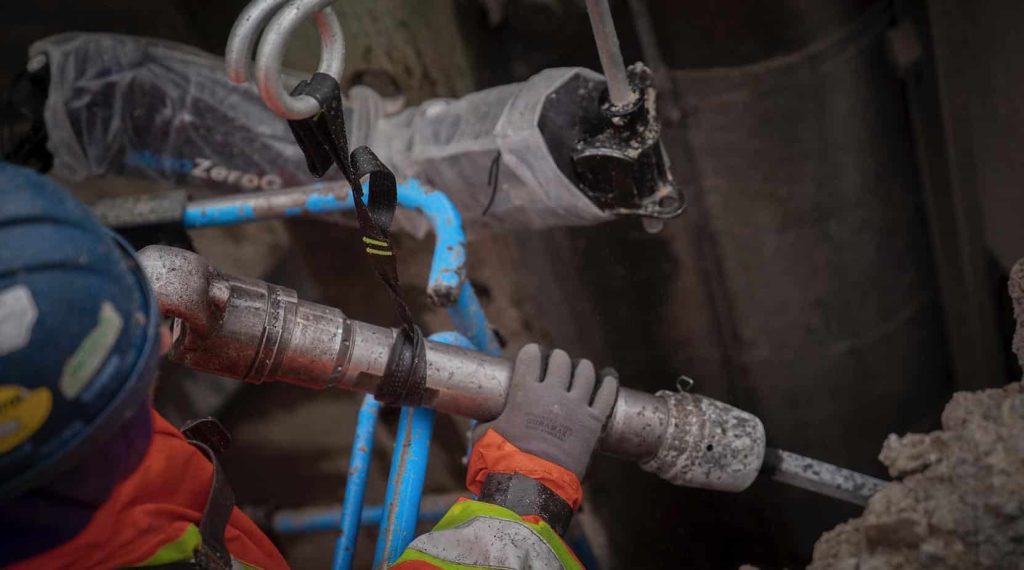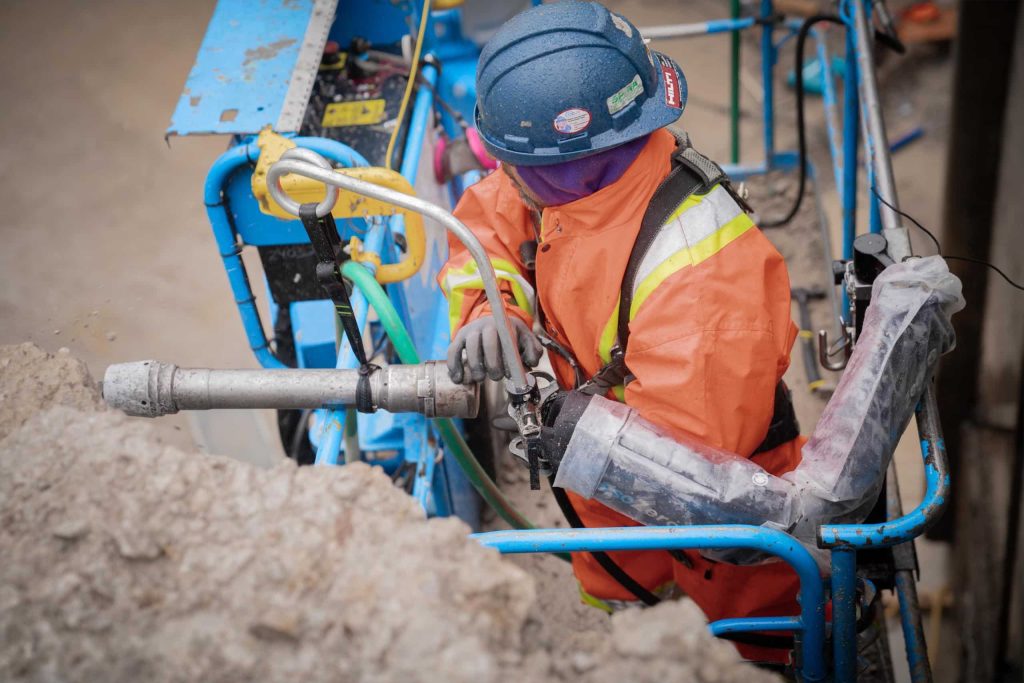To date, Ekso Bionics has positively impacted the lives of thousands thanks to over a decade of experience in the world of wearable bionics. Our wearable robotic exoskeleton is revolutionizing human potential in a variety of ways, all of which have already started to have a lasting impact on a broad array of fields. While many robotics companies are focused on developing bionics to help those dealing with paralysis or other movement-based disorders in rehabilitation, Ekso has invested our knowledge and expertise in finding multiple ways for our bionics to be utilized beyond just rehab.
Ekso Bionics is, therefore, not only focused on helping those who have lost mobility due to health events but is also focused on increasing the human potential for movement in a variety of ways for able-bodied individuals. From rehabilitation to pioneering ways for workers to operate more safely and protect their bodies in the process, Ekso Bionics is revolutionizing the field of wearable robotic technology with our focus on improving humans’ natural movement potential in safe, efficient, and dynamic new ways. Keep reading for an overview of just a few of the applications that Ekso Bionics is helping to pioneer.
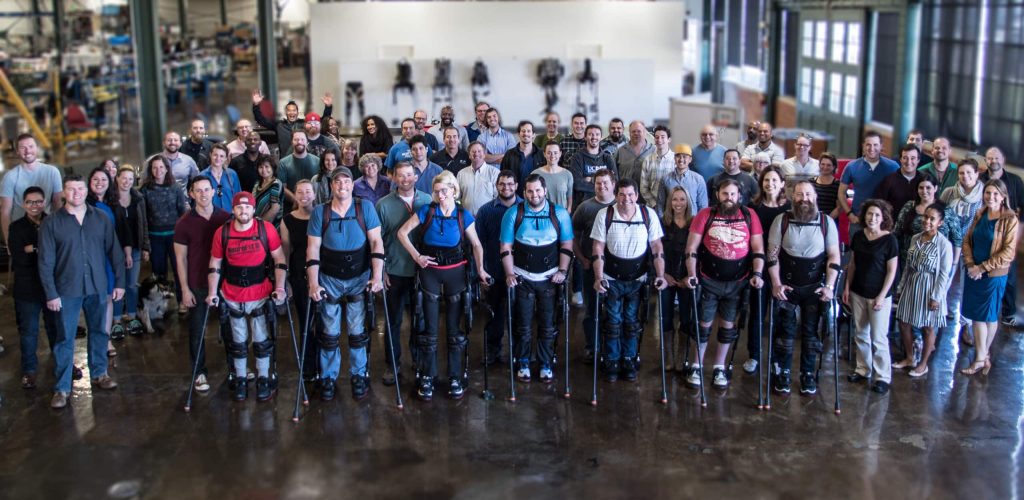
Robotic exoskeletons by Ekso are a technological way to improve quality of life.
While Ekso’s exoskeleton applications aren’t limited to medical settings, many physical therapists are using wearable robotic exoskeleton technology to help patients regain movement and other abilities that have been lost. Whether patients have had a spinal cord injury or were dealing with the after-effects of a stroke, EksoNR© neurorehabilitation suit was the first exoskeleton suit of its kind to be cleared by the FDA to address these mobility related issues. Beyond spinal cord injury (SCI) use and use in patients post-stroke, EksoNR is also the only robotic exoskeleton that has been cleared by the FDA to have potential benefits for those facing acquired brain injuries.
These sorts of rehabilitative features of exoskeletons and EksoNR, in particular, are major. Being supported by the Food and Drug Administration means that these devices can be freely applied to rehabilitation programs that allow wearers to work on increasing and enhancing mobility. Rehabilitation centers have continued to help patients through the use of EksoNR to work on gait training and other skills that patients may need to re-learn after a traumatic SCI or stroke.
EksoNR builds upon the progress that Ekso made with the Ekso GT to create a much more responsive exoskeleton with sensors and feedback that offer physical therapists a much more customizable approach to using the device in conjunction with physical therapy sessions. It was Ekso’s ongoing commitment to logistics and technological advancement in the field of robotics, not to mention our years of experience, that allowed us to pioneer such an exoskeleton.
Industrial exoskeletons help to prevent fatigue and improve endurance.
While Ekso’s clinical expertise has resulted in the only exoskeleton to be cleared by the FDA for brain injuries in addition to patients with spine injuries or strokes, people and businesses are also using our exoskeleton designs to help boost human performance in other ways. There are plenty of fields and occupations where the risk of injury is quite high if the proper steps are not followed. Even then, some workplace injuries are going to happen from overworking or repetitive movements. The human body can only withstand so much, even if it is in peak physical shape, driving Ekso to build an exoskeleton designed for industrial applications.
For example, Ekso sees potential for our exoskeleton models to be used in a broad array of construction and manufacturing tasks and not just in rehabilitation clinics with physical therapists. Many manufacturing lines still require a human element, and these sorts of human-powered lines run the risk of overuse injuries due to the rigorous, physical nature of the job. The EksoVest was one solution our wearable robotics company pioneered that gained traction in major companies like Ford and Boeing. The fact that these companies recognized the value offered by the EksoVest is clear, and science backs up these findings, too. Many estimates show that the injuries that come from overhead lifting, shoulder, and neck strain can be prevented by the use of the EksoVest and now, EVO, which aids in the performance of these tasks.
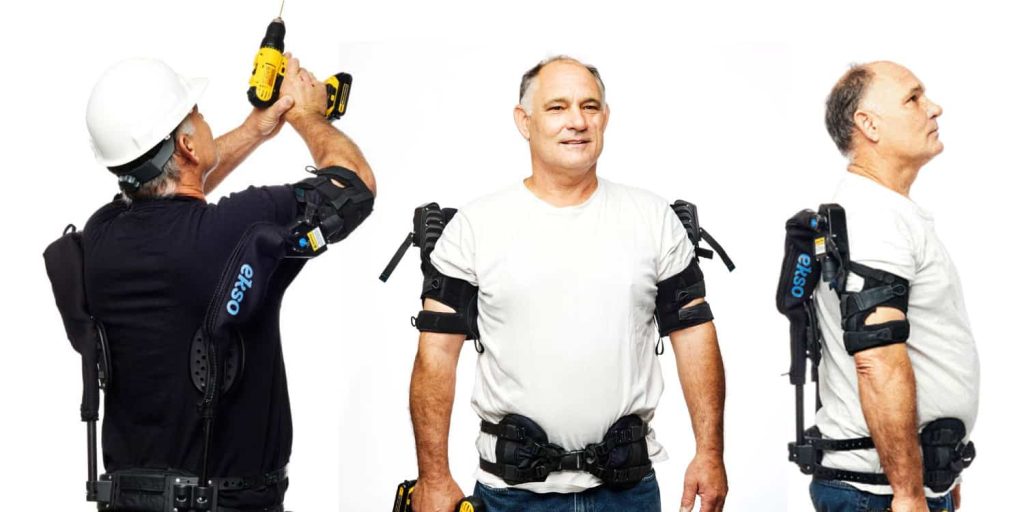
Not one to rest on laurels, our company launched the next generation of wearable robotics in 2020 called EVO, which builds upon the success EksoVest has had since 2016. With five years of experience and customer feedback onthe EksoVest, EVO offers increased safety and more efficient performance to construction workers, as well as those on manufacturing lines. With improved materials and a more customized fit, EVO is much more comfortable to use for an extended period of time. EVO is also more affordable for companies to adopt it to use in a variety of industrial applications, which not only helps protect workers, but also improves a business’s bottom line.
Robotics and exoskeleton technology are changing the way the world works in a variety of ways. From offering medical breakthroughs to increasing safety in physically demanding jobs, people are able to live and work better thanks to the presence of wearable exoskeletons. Throughout all of these cases, Ekso Bionics has been a pioneer, using its skills and expertise to continue pushing the world of wearable robotics forward. By leveraging technology and humans’ existing potential, we are finding ways to help the medical profession and manufacturing and construction industries evolve in previously unthinkable ways. Thanks to partnerships with world-renowned businesses and thought leaders in these fields, our company continues to find ways to help exoskeletons evolve to meet the growing demand for such applications. Since 2005, Ekso has been making significant contributions, not only to the world of robotics, but to the lives and livelihoods of real people all across the globe.


